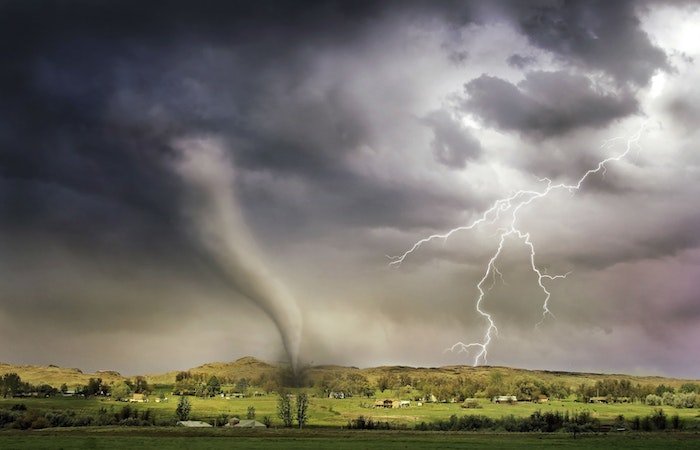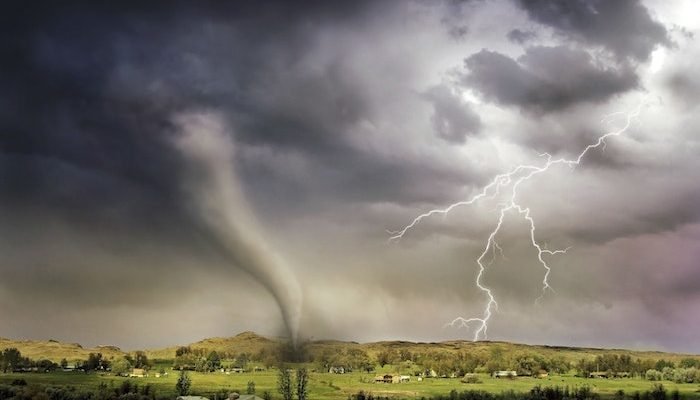
Tornadoes are a severe threat to communities across the United States. The Federal Emergency Management Agency (FEMA) encourages all homeowners, business owners, and building managers to consider installing tornado shelters Dallas Texas in their buildings.
Storm shelters, or safe rooms, are specialized hardened structures that offer protection in tornadoes and other severe weather conditions. They’re built to meet standards set by FEMA and other organizations.
Wind Loads
When designing a tornado shelter, it’s essential to consider the safety and strength elements. This can include determining the wind load a building will be exposed to in an emergency.
The amount of wind load a structure will be exposed to can vary depending on geography and the building elements. It can also be affected by the shape of the building.
This can cause a variety of issues. For instance, if a structure has a flat surface, the pressure applied on the windward side will determine whether windows will be blown in or out during a tornado.
This is why it’s so important to ensure that a tornado shelter’s design is done correctly. It could save lives and prevent damage.
Structural Strength
One of the essential elements of tornado shelters Dallas Texas is structural strength. Several factors can affect this, such as the height of walls and roofs, whether or not it’s made from concrete, and whether or not the shelter will have a truss system or other lateral support.
Another factor is the design of the shelter and how it opens. For example, if the doors swing outward, they won’t be as likely to become blocked by debris.
These are all excellent reasons to build a structure with steel, which is more robust and cheaper than other materials. Using carbon steel in your storm shelter can help it resist extreme weather conditions and keep it functional for many years.
In addition, insulated concrete forms (ICFs) can withstand high winds and protect your home from tornadoes. These can also be used in schools to provide a sturdy place for students to retreat to during a tornado.
Water Resistance
Water resistance, or the ability of a material to resist water, is one of the most important factors to consider in tornado shelter design. It can impact the safety and strength of the shelter, especially if you live in an area with a high water table.
Unlike air resistance, which is friction between air and an object, water resistance slows an object down when it’s moving through water. This is why a swimmer will often go toward the surface when swimming to allow them to move faster through the water.
While many materials can resist water, some of the best water-resistant fabrics are tightly woven. They typically use polyvinyl chloride (PVC) or acrylic backing to keep water from penetrating the weaves of the material.
Accessibility
In addition to occupants, the accessibility of a tornado shelter can affect the safety and strength of the elements. For example, suppose a cover doesn’t meet the accessibility requirements of the Americans with Disabilities Act. In that case, it can be difficult for disabled people to enter or exit, and it may not provide enough space to remain safe.
Accessibility is a core principle of universal design, which is an approach that ensures that all people can use products and services in the way that best suits them. In the physical world, this is often done by building and maintaining buildings to meet accessibility mandates.
The same concept is applied to the web and computer systems in the digital world. Increasingly, national standards for accessible web design are being adopted. These policies, such as Section 508 of the United States Rehabilitation Act or WCAG 2.0 from the World Wide Web Consortium, require web pages to conform to Priority One and Two checkpoints.

